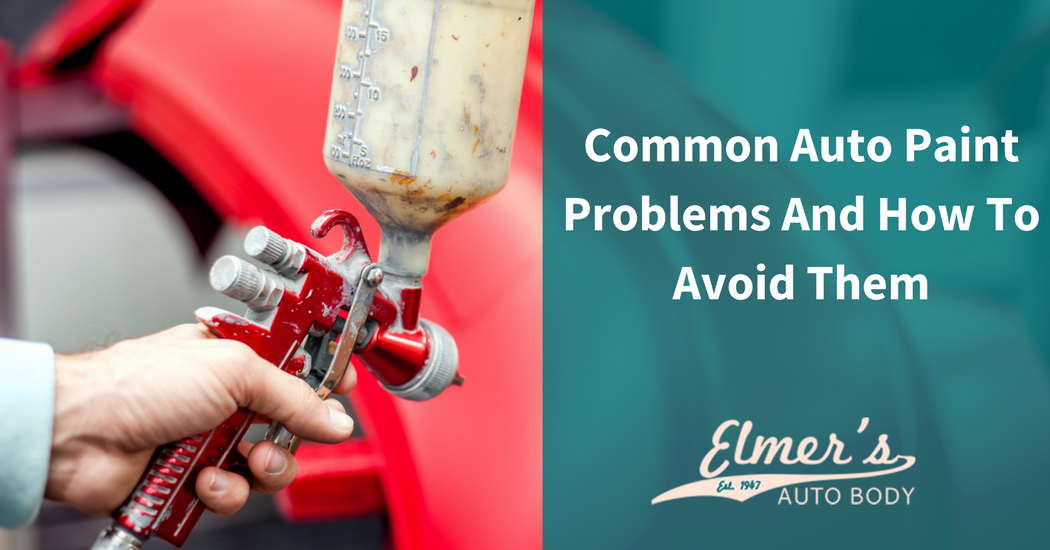Minor paint damage on your vehicle is not uncommon. Someone opens a car door into yours in the parking lot of the grocery store or a stone flies from the wheel of the truck in front of you causing a ding in the paint, for example. You can often repair these minor problems on your own. Even what appears to be a large scratch can often be fixed easily at home without taking your car to the body shop.
However, there are a few common auto paint problems that can occur when you choose to make paint corrections on your own. These are just a few common issues and suggestions for how to avoid them.
Bleeding
If the color is seeping through the new topcoat color or if you notice the original finish discoloring, the issue is known as bleeding. This is often caused by dyes and pigments in the old finish, especially if the original finish was red.
The best way to prevent bleeding is to clean the areas before you sand them. This is especially important if you are painting a lighter color over a darker color. If bleeding is already happening, apply two medium coats of primer seal making sure to follow the directions. Once it is dry, reapply the color coat.
Dirt
If you notice small bumps in, on or under the paint it is possible foreign particles have mixed with the wet paint. There are several things you can do should you notice this problem. First, check to see if the issue is only in a small area or throughout the project.
Make sure that there was a strainer on the paint cup while you were pouring and check the environment to be sure there is no dust or debris. Make sure the spraying equipment is thoroughly clean and make sure the filters are not contaminated.
Fish Eyes
If you notice small blemishes on the surface that look like popped bubbles, the culprit may be silicone in your wax or polish. Silicone adheres to the paint film and requires additional work to remove. Check to be sure that the paint is not contaminated and be sure to clean the area well.
If the problem is the old finish, you will need to clean the area well to remove embedded silicone. Always clean the area to be painted thoroughly with wax and grease remover. Although you should use a fish eye eliminator, the eliminator does not replace good surface preparation.
Paint Runs and Sags
When paint is applied to heavily, it can run or sag. Running and sagging can also occur if there is too much thinner or reducer. Be sure to read labels and follow instructions to be sure you have the right mixture. Always allow sufficient time to dry between coats and use proper gun adjustment.
There are many more common issues when it comes to painting your vehicle. Instead of attempting to do the work yourself, contact Elmer’s Body Shop to have the car painted professionally. You can schedule an appointment by filling out the form online or giving us a call today.

